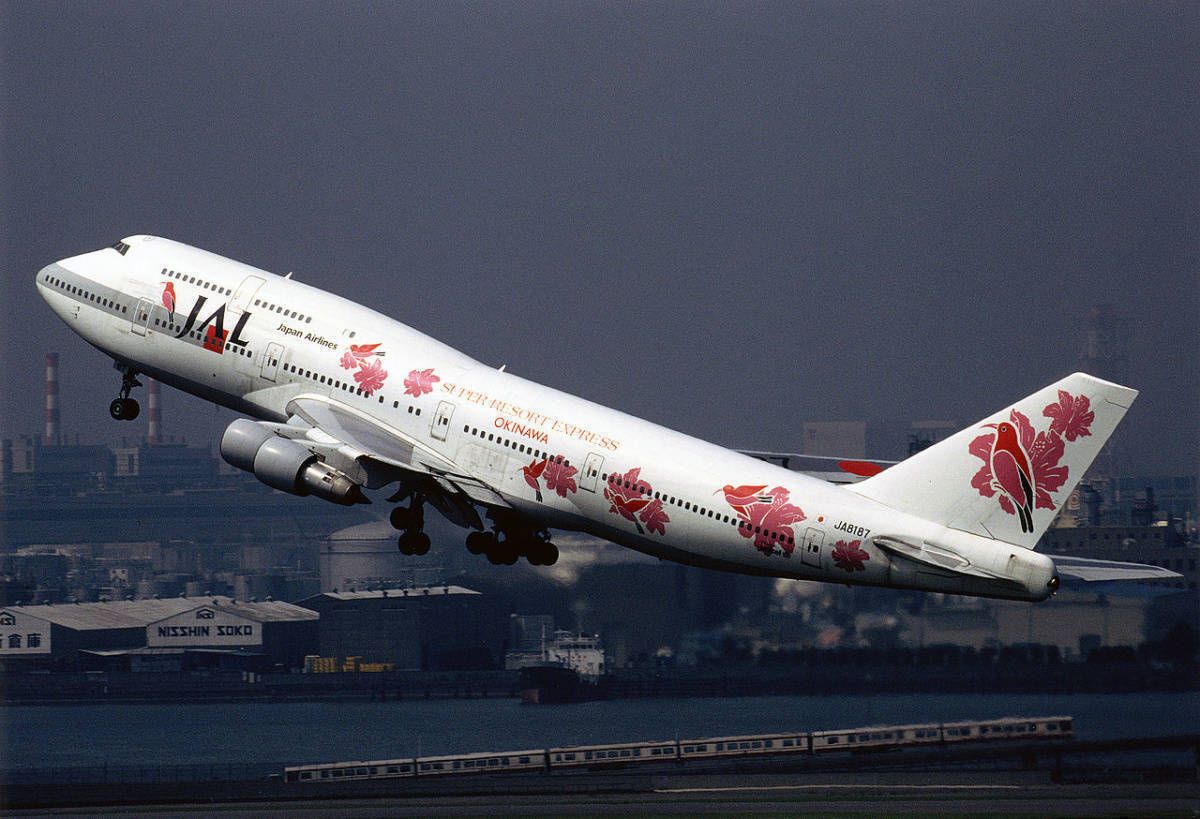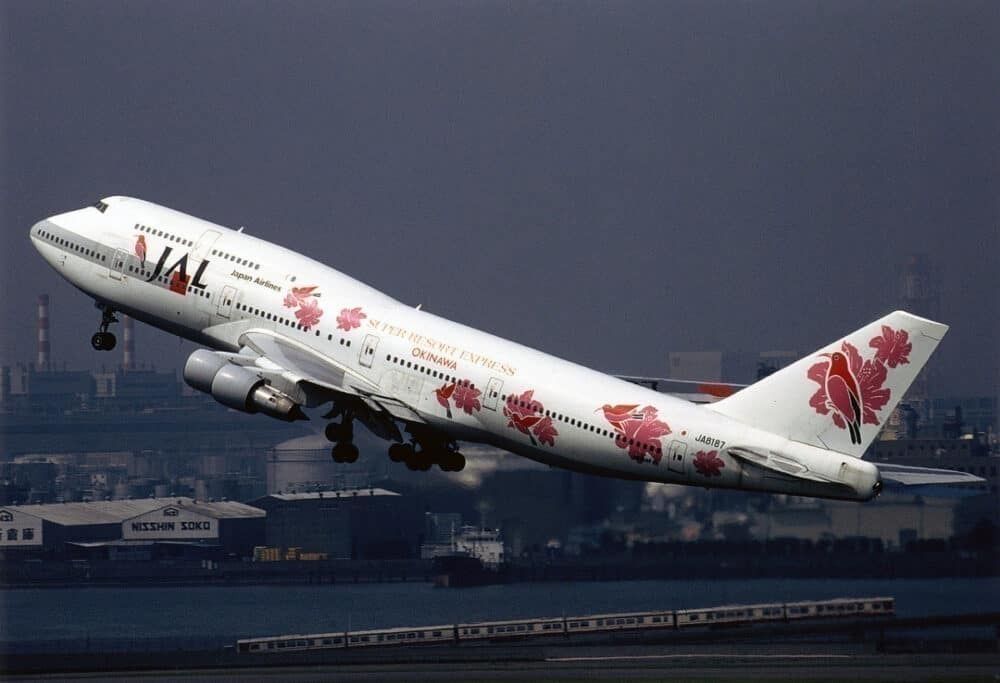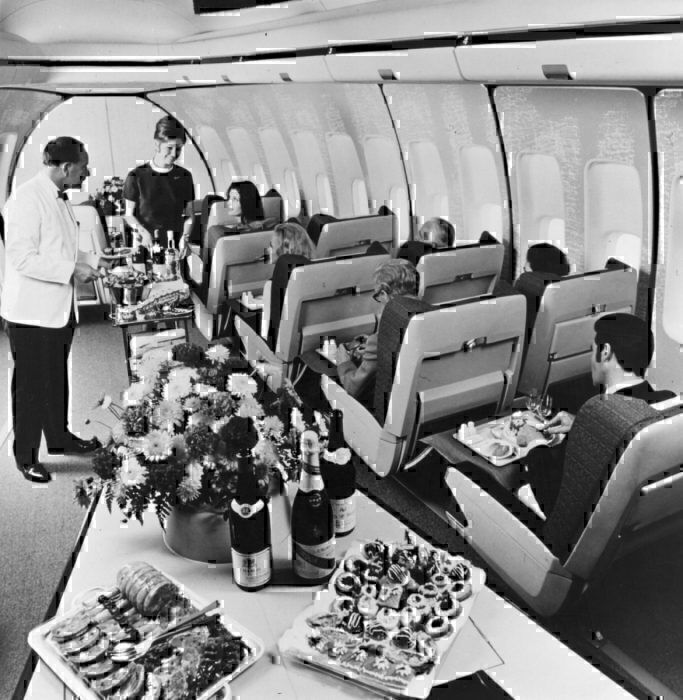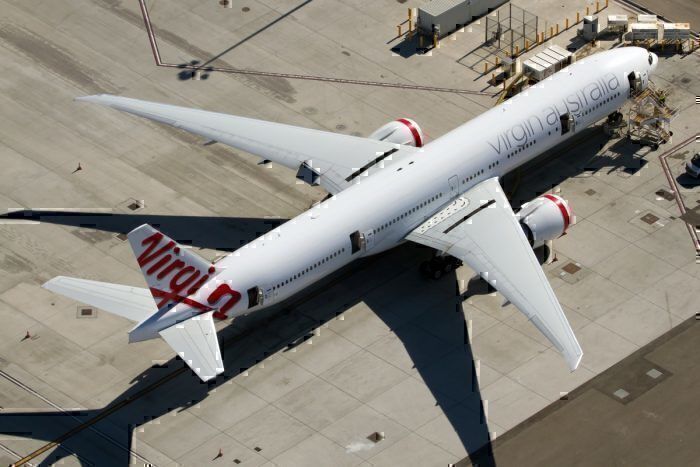The Boeing 747 is usually associated with long-haul operations due to the pioneering widebody's ability to transport hundreds of passengers across the continents. However, there were also SRs, or "Short Range", variants of the jet that were snapped up by a handful of airlines.
An alternative option
According to McGill University, the 747SR had lower fuel capacity but could carry more people onboard than its counterparts. It could hold up to 498 passengers in early editions, and over 550 customers in later versions. Additionally, it was made with a modified body structure. This feature allowed the jet to accommodate the extra stress from more frequent takeoffs and landings.
Stay informed: Sign up for our daily aviation news digest.
There weren't many customers of the 747SR. In fact, it was primarily Japanese outfits that took these planes on for domestic routes.
The first variant was the 747-100SR, Japan Airlines (JAL) took seven of these between September 1973 and April 1975. The flag carrier of Japan also took on two 747-100B SUDs in 1986. This variant had a stretched upper deck to accommodate more travelers.
One of these units, with registration number N911NA, went on to join NASA as a Shuttle Carrier Aircraft. It became part of its holdings in 1988 and went into operation in 1991.
Another Japanese powerhouse, All Nippon Airways (ANA), was a significant customer of these short-range models. It snapped up 747-100BSRs between December 1978 and November 1982. The carrier flew with these jets on domestic services with approximately 455 seats before retiring the type in March 2006.
Project expansion
JAL's experimentation with its initial 747SRs caused it to look into similar options for the -300. Therefore, four 747-300SRs arrived from Boeing's factory in Everett, Washington, between December 1987 and February 1988. The airline used it on leisure routes across Japan and its Asian neighbors. Subsequently, a fellow Japanese outfit, JALways, also went on to operate the SR.
The first of these JAL deliveries had registration number JA8179. The plane was eventually transferred to WFBN Wells Fargo Bank Northwest in July 2007, but the company only held it on for a year, It was subsequently taken on by Transaero Airlines in February 2012, before being placed in storage since fall 2012.
Short-lived experiment
Even though the prospect of a short-haul 747 looks good on paper, in reality, there were more effective options on the market. In the 1970s, the widebody market was still in its infancy. So, the idea of having a variant for shorter distances was appealing. However, by the time the 1990s came around, there were new players on the scene that were more versatile than the 747SR jets.
For instance, the Boeing 777-300 is a much more economical option than the SR. Subsequently, this aircraft went on to take on several of the routes that the 747 model previously flew.
Altogether, the 747SR highlights the creative nature of the early days of widebody passenger jets. Even though the plane did not make a significant impact, it represents a time when there was greater freedom when it came to tailored commercial planes.
What are your thoughts about the Boeing 747SR? Let us know what you think of the plane in the comment section.




